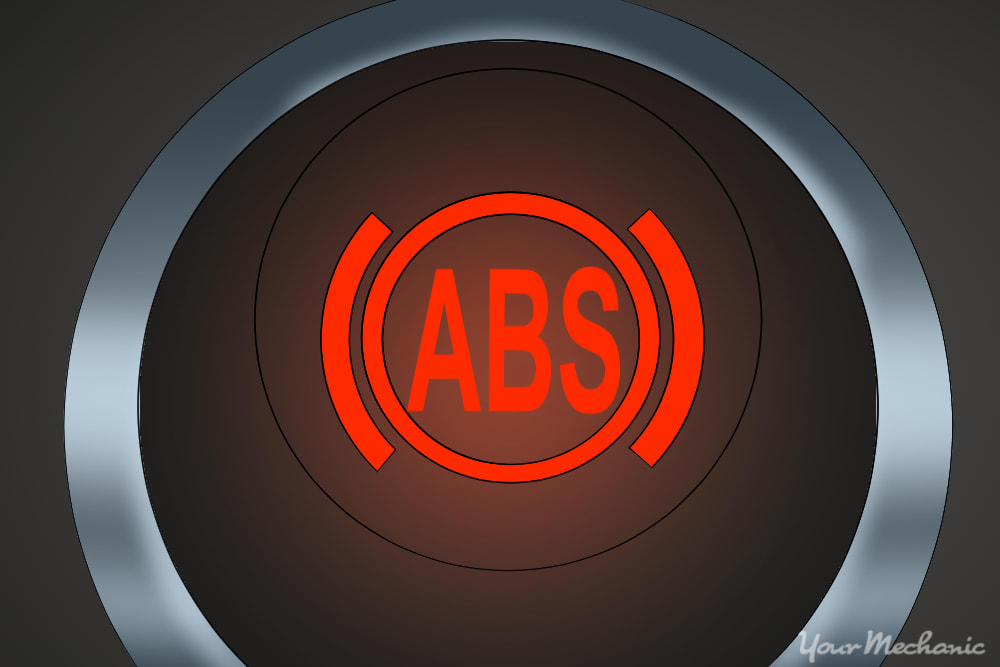

The Anti-lock braking system, or ABS, is designed to help you maintain control of your vehicle in emergency stopping scenarios. Most modern cars have ABS as a standard feature. It keeps your wheels from locking up, allowing you to turn the wheels and guide your car if you start skidding. You'll know when ABS is engaged by a dashboard light turning on with "ABS" appearing in red.
Many drivers maintain a false sense of confidence that they can drive faster and take turns quicker even in inclimate weather because they have ABS. However, when it comes to snowy or icy conditions, ABS may be more harmful than helpful. Read on to understand how ABS is intended to work, its effectiveness in snowy situations, and how to brake safely with it in snow or ice.
How Does ABS Work?
ABS pumps brakes automatically and very quickly. It is made to detect skidding or loss of vehicle control. ABS senses braking system pressure when you apply your brakes and checks that all wheels are turning. ABS releases the brakes on a wheel if it locks up until it starts turning again, then re-applies the brakes. This process continues until all four wheel stop turning, letting the ABS know the car has stopped.
Anti-lock brakes do their job and kick in when your wheels lock up on pavement, loosening up on the brakes until they’re functioning normally. In snow, or even ice, operating ABS takes a little more skill.
How to Stop With ABS in Snow and Ice
Snow: As it turns out, ABS actually increases stopping distances on snowy surfaces, as well as those covered in other loose materials, such as gravel or sand. Without ABS, locked tires dig into the snow and form a wedge in front of the tire by pushing it forward. This wedge helps bring the car to a stop even though the vehicle skids. With ABS, the wedge never forms and the skid is prevented. The driver may regain the ability to steer, but their stopping distance actually increases with the engaged ABS.
In snow, the driver needs to stop slowly by softly depressing the brakes to prevent engaging the ABS. This will actually create a shorter stopping distance than hard-braking and activation of the ABS. A softer surface requires soften stopping.
Ice: So long as the driver does not pump the brakes on partially icy roads, the ABS will aid the driver in both stopping and steering the vehicle. The driver only needs to keep the brake pedal depressed. If the entire road is coated in ice, the ABS won’t engage and will behave as though the vehicle is already stopped. The driver will need to pump the brakes to stop safely.
Drive Safely
The most important thing to remember when driving in snowy or icy conditions is to drive with caution. Learn how your car operates and tends to brake in such weather. It may be beneficial to practice stopping in a parking lot before venturing out onto snowy and icy roadways. This way, you’ll know when ABS may be avoided, and when it’s appropriate to rely on its activation.



